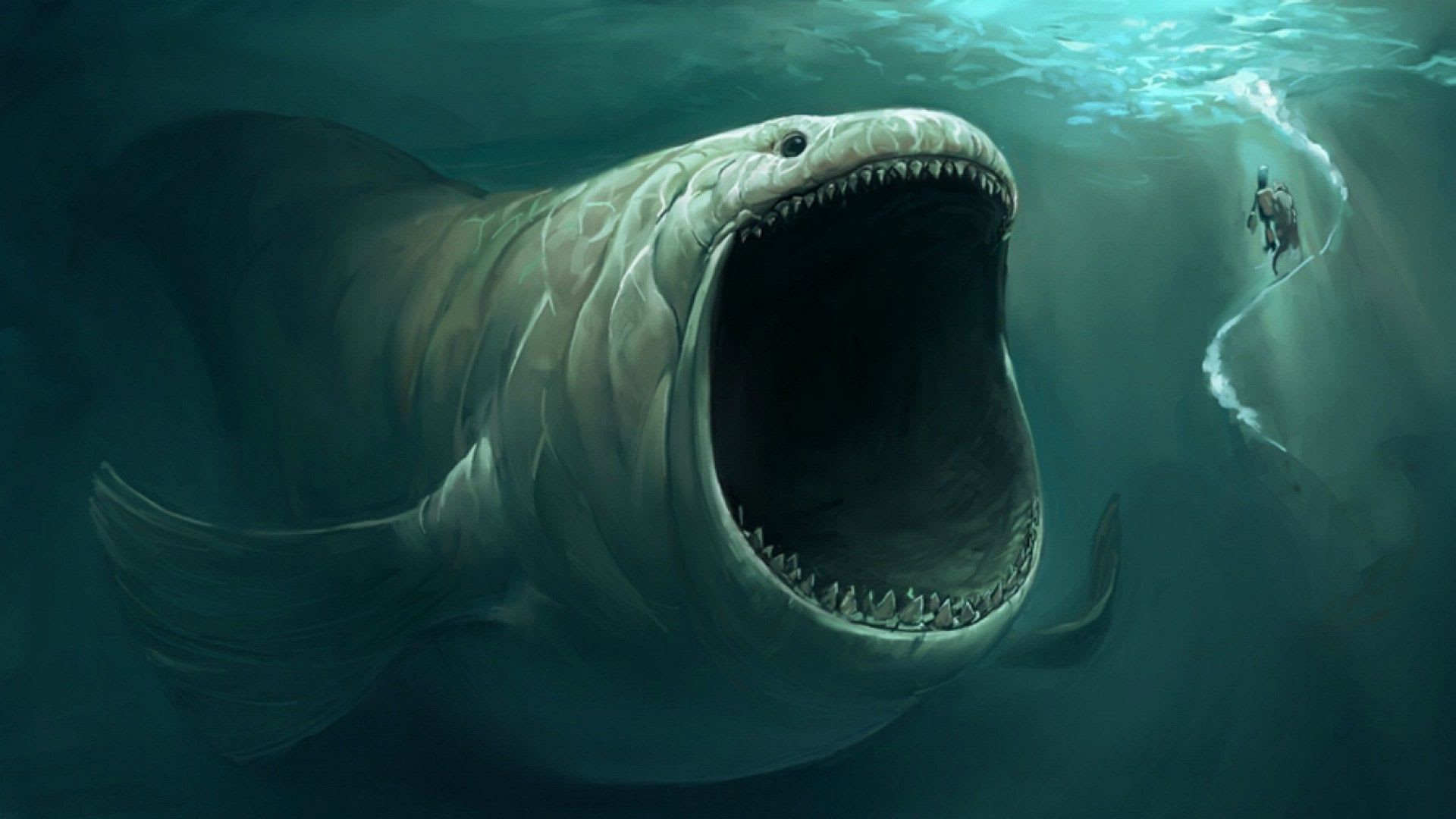
Ever wondered what mysteries lurk beneath the waves? The ocean, covering over 70% of our planet, is home to some of the most fascinating creatures you could ever imagine. From the deep-sea dwellers that light up the darkness with their bioluminescent bodies to the clever octopuses with their mind-boggling escape tactics, the sea is brimming with wonders. 21 amazing sea creatures facts will take you on a whirlwind tour of the ocean's most astonishing inhabitants. Ready to meet a fish that can change its gender or a jellyfish that's immortal? Buckle up, because the ocean's depths are teeming with stories that sound like they're straight out of a fantasy novel. Let's dive in and uncover the secrets of these incredible sea creatures.
Key Takeaways:
- The ocean is home to incredible creatures like bioluminescent Anglerfish and intelligent octopuses. These animals have unique adaptations and behaviors that help them survive in the mysterious depths.
- From the majestic Blue Whale to the tiny Pygmy Seahorses, sea creatures come in all shapes and sizes. They play vital roles in their ecosystems and have fascinating abilities that make them truly remarkable.
Discovering the Depths: What Lies Beneath
The ocean, covering more than 70% of Earth's surface, is home to some of the most fascinating creatures. With depths reaching up to 36,000 feet, it's no surprise that the marine world holds secrets waiting to be uncovered. Let's dive into the amazing facts about sea creatures that inhabit these mysterious waters.
-
Bioluminescence is a common feature among deep-sea creatures. Organisms like the Anglerfish use this glowing allure to attract prey in the pitch-black depths.
-
The Blue Whale, the largest animal on the planet, can grow up to 100 feet long and weigh as much as 200 tons. Despite its size, this gentle giant feeds on tiny krill.
-
Mantis Shrimp have the most complex eyes in the animal kingdom. They can see both ultraviolet and polarized light, offering them a view of the world we can hardly imagine.
The Unseen Giants and Tiny Titans
-
Giant Squid remain one of the ocean's most elusive creatures. With eyes as big as basketballs, they can spot prey from great distances in the murky waters.
-
Pygmy Seahorses are masters of camouflage. Barely larger than a grain of rice, they blend seamlessly with the coral they inhabit.
-
Coral reefs, often referred to as the "rainforests of the sea," are not just beautiful underwater landscapes. They are bustling ecosystems that provide shelter and food for over 25% of all marine species.
Survival in the Depths: Adaptations and Behaviors
-
Deep-sea creatures have unique adaptations to survive under extreme pressure. Some, like certain species of fish, have gelatinous bodies to withstand the crushing depths.
-
Octopuses are known for their intelligence and escape artistry. They can solve puzzles, use tools, and even camouflage themselves by changing both color and texture.
-
Sea cucumbers can expel their internal organs to fend off predators and then regenerate them later. This bizarre defense mechanism is as effective as it is grotesque.
The Mysterious and the Misunderstood
-
Despite their fearsome reputation, Sharks are more threatened by humans than we are by them. Many species are now endangered due to overfishing and habitat loss.
-
Jellyfish have roamed the seas for over 500 million years, making them one of the oldest living creatures on Earth. They don't have brains, hearts, or bones, yet they thrive in oceans worldwide.
-
The Narwhal, often called the "unicorn of the sea," uses its long, spiral tusk for sensing its environment. This tusk is actually an elongated tooth with sensory capabilities.
The Colorful and the Curious
-
Clownfish and sea anemones have a mutualistic relationship. The anemone provides protection for the clownfish, while the fish helps the anemone by luring prey and removing parasites.
-
Leafy Sea Dragons resemble floating pieces of seaweed, an adaptation that helps them avoid predators. They are found along the southern and western coasts of Australia.
-
The Immortal Jellyfish (Turritopsis dohrnii) can revert back to its juvenile form after reaching maturity, potentially giving it the ability to live forever.
The Symphony of the Sea
-
Whales communicate over long distances using complex songs. These vocalizations can travel for thousands of miles underwater, facilitating communication and bonding within pods.
-
Pistol Shrimp can create a sound louder than a gunshot with their claws. This sonic boom stuns prey, allowing the shrimp to capture it.
-
Parrotfish sleep in a bubble of mucus to protect themselves from parasites and predators. This bubble also masks their scent, making them invisible to nocturnal hunters.
The Architects of the Ocean
-
Beavers of the sea, coral polyps, build extensive reefs that can be seen from space. These structures are vital for marine biodiversity but are threatened by climate change and pollution.
-
Sea otters use tools, such as rocks, to break open shellfish. This behavior not only showcases their intelligence but also plays a crucial role in maintaining the balance of their ecosystem.
-
Mudskippers, fish that can walk on land, spend most of their life out of water. They have evolved to breathe through their skin and the lining of their mouth and throat, allowing them to inhabit intertidal habitats.
A Glimpse Into the Ocean's Wonders
Diving into the depths of the ocean's mysteries has unveiled a world far beyond our wildest imaginations. From the bioluminescent displays of the deep-sea creatures to the ingenious survival strategies of the mimic octopus, we've barely scratched the surface of what lies beneath. These 21 amazing facts about sea creatures not only highlight the diversity and complexity of marine life but also remind us of the importance of preserving this delicate ecosystem. As we continue to explore and understand the ocean's depths, let's remember our role in protecting these marvelous creatures and their habitats. After all, every discovery and fact shared brings us closer to unraveling the ocean's most profound secrets, fostering a deeper appreciation for the world beneath the waves.
Frequently Asked Questions
Was this page helpful?
Our commitment to delivering trustworthy and engaging content is at the heart of what we do. Each fact on our site is contributed by real users like you, bringing a wealth of diverse insights and information. To ensure the highest standards of accuracy and reliability, our dedicated editors meticulously review each submission. This process guarantees that the facts we share are not only fascinating but also credible. Trust in our commitment to quality and authenticity as you explore and learn with us.


